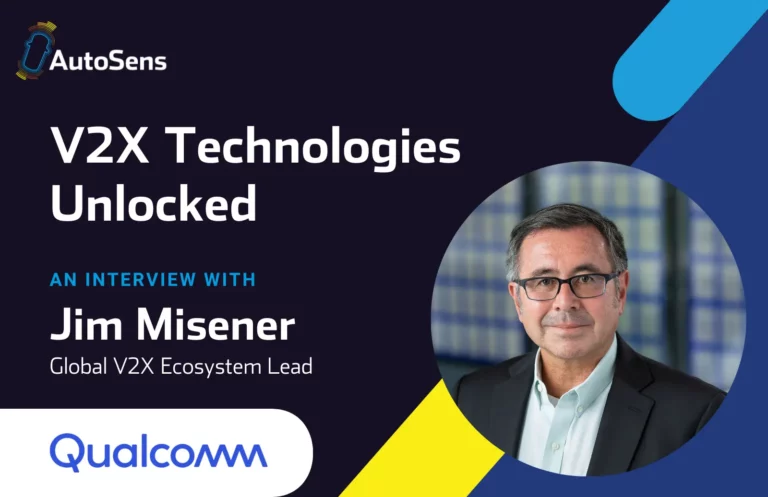
Ireri Ibarra joins the panel on stage at AutoSens this Brussels to take part in “SOTIF PANEL: understanding expectations from OEMs and suppliers roles and responsibilities in order to meet OEMs expectations and, overall, fitting the SOTIF requirements”
Ireri Ibarra joined Dyson Technologies last year as Head of Functional Safety. Ireri previously worked at Volvo cars as Functional Safety Assessor. Her other experiences includes work with both vehicle OEMs and suppliers on projects involving various aspects of the functional safety lifecycle of road vehicles; system safety for low-carbon technologies and autonomous vehicles; as well as cyber-security for intelligent transportation systems. Ireri holds a BEng in Biomedical Engineering from Universidad Autonoma Metropolitana in Mexico City, and a PhD in Engineering from the University of Sussex in England.
In this interview with Ireri, she gives us insight into how her different career backgrounds led her to the UK and to the field of automotive; as well as her involvement with SOFIT.
What skills do you bring into your role from your Biomedical Engineering degree?
I believe the most important take away of my first degree is the ability to appreciate and understand diverse disciplines. Additionally it provided me with a wide base of engineering principles that can be used across multiple industries. Although I don’t perhaps use any specialist skills from the medical domain, the problem solving aspect of the degree is with me every day.
How did you come to specialise in automotive?
I was looking for a project that will keep me motivated for the duration of my PhD studies, the opportunity to explore the impact on the growth of electronics content in vehicles came up; alongside one to work on an artificial pancreas. I thought about the things I liked the most besides studying and the answers were: motorsports and history. Hence I decided to come to England and get involved with vehicles, as my electronics background could be easily transferable.
How different are safety cases in Defence systems to Automotive?
I really value my time working in Defence, it really made me a fully-fledged safety professional. It is an industry that has used safety cases and argumentation principles for a lot longer than automotive. So for me, it has been great to port good practice from Defence to Automotive.
I know that a lot of the activities at Dyson are under wraps but what do you enjoy most about your current role and the challenges it provides?
I enjoy very much working with so many capable engineers who are bringing their best experience to a new organisation. I particularly like the opportunity to approach the implementation of all the functional safety processes and more, in a new organisation from a different perspective.
For how long have you been associated with SOTIF?
I’ve been working on the SOTIF draft for about two and a half years. I started to get involved as I could see that it was a standard that could impact my previous role as a Functional Safety assessor.
You were previously involved in a discussion on whether ISO 26262 and SOTIF can be used simultaneously, what is your take on this question?
They can and they need to be addressed simultaneously if the development in question is relevant. Organisations are putting a lot of effort into trying to adapt their current ways of working in order to account for both standards. Ultimately the final product that is put on the market bears consideration on all types of safety.
What are the biggest challenges from a functional safety perspective in developing an autonomous vehicle?
I think the challenge for autonomous vehicles is not solely on functional safety, but in harmonising a safety approach to consider all types of risk. Especially if such risk arises from strategic driving decisions that depend on a thorough understanding of the vehicle operational environment, not on the driver. These decisions will most likely have to be supported by external systems to the vehicle, using technologies that can adapt at the pace of a dynamic environment; where the required infrastructure might not be in place nor a safety approach for it.
What are you looking forward to about joining the SOTIF panel at AutoSens?
I’m looking forward to the interaction with the audience and a good discussion with the panellists sharing our latest insights.







